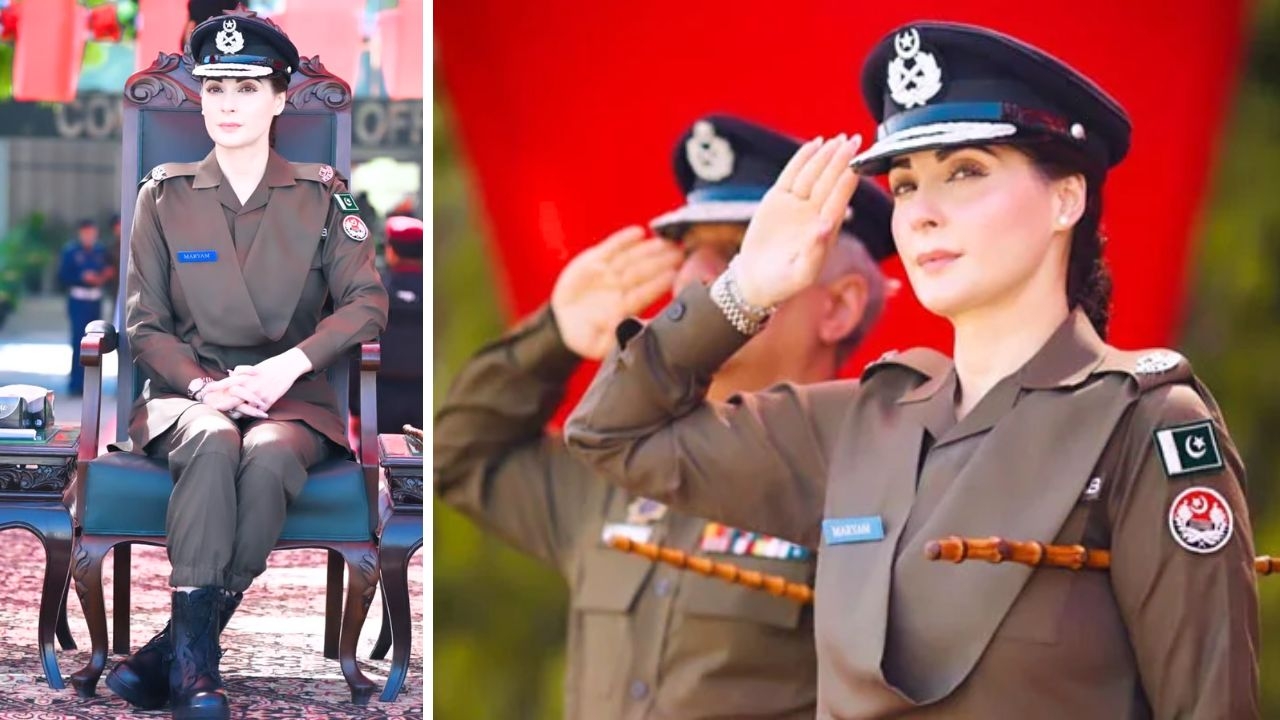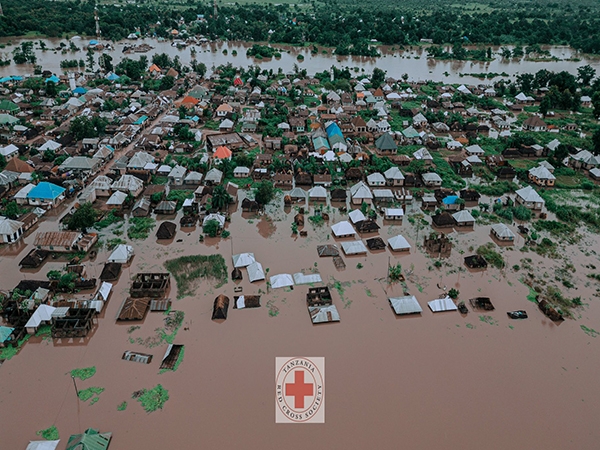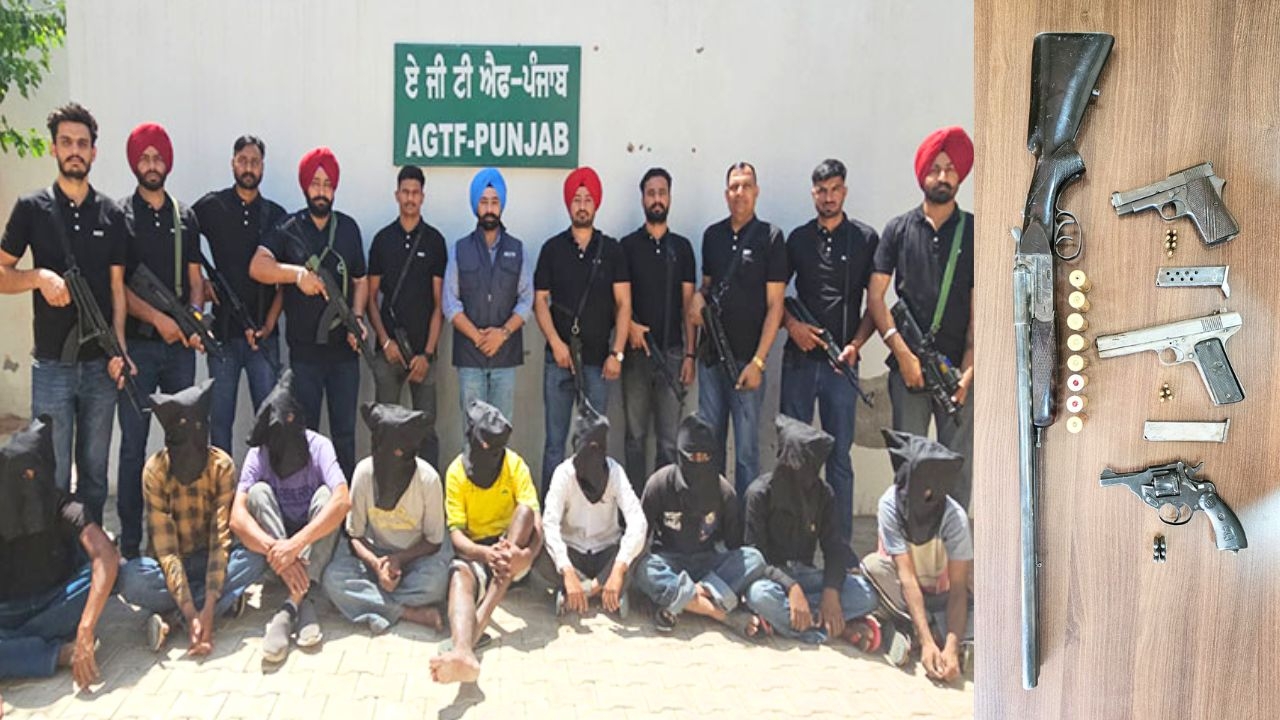
You can call it the Darjeeling Tango.
The hills of Darjeeling are on fire once again. The serenity of the green trees and the tea gardens are being disturbed by the unwanted green of the combat uniforms of the security forces.
It was sad to see the pictures being flashed on social media of the smoke clouds rising from the hills. The hills that have been relatively peaceful for quite a few years now.
What happens when you try to equate apples and oranges?
This is exactly what happens when you try to satiate the issues of identity with development packages and then substantiate your deeds by calling it efficient politicking.
When the Gorkhaland Territorial Administration (GTA) Accord was signed in the autumn of 2011, in front of a confused smiling mass of people, one could just not understand as to how long that so-called settlement for peace and development would last.
The newly formed government in Bengal under Mamata Banerjee, after dethroning the long tenure of the CPI(M), was in a hurry to show some substantial work.
But at the same time, the total dysfunction of any type of local self-government – like an autonomous council/body or even the existence of panchayat in the hills – had totally crippled the development in North Bengal.
Visuals of the public addresses from both Mamata and the Gorkha Jana Mukti Morcha (GJMM) supremo Bimal Gurung were utterly contradictory.
The crowd roared and cheered when Gurung said that though he had signed the accord the struggle for Gorkhaland would be on. The crowd also roared and cheered when Mamata announced that this accord would be a start to an everlasting peace in the hills and that development would now roll out, but in the same breath, she also said – “Bango bhango hotey debona (I will not allow the partition of Bengal).”
One really did not know on whose side the crowds were. But it as clear that this accord would just be an eyewash – a marriage of convenience, a band-aid solution for the time being.
Simmering discontent
On the flip side, people of the hills were also fed up with the recurring bandhs and the atmosphere of uncertainty.
The tea gardens were not doing well, tourism had taken a beating, no new investments were coming in, students were feeling insecure in this competitive world and the youth were slowly but steadily migrating for greener pastures away from their cushy haven of the sun-kissed hills.
Slowly and silently, there was also something ominous playing out in the form of politics from the corridors of power in Kolkata. This politics was steadily seeping into the hills.
First in the form of different development boards – like the Lepcha Development Board, Sherpa Development Board, Gurung Development Board, Tamang Development Board, etc etc – thereby weakening the Gorkha construct which united them in the first place.
Second was by attacking the GJMM stronghold by poaching their leaders and creating new organisations like the Jan Andolan Party (JAP) or by strengthening the old political outfits like Gorkha National Liberation Front (GNLF) and Akhil Bharatiya Gorkha League (ABGL)together with the All India Trinamool Congress (AITMC) making inroads into the hills.
And, last but not the least, was the creation of Kalimpong District and Mirik Subdivision – which was done without even consulting the GTA.
Many will disagree that 'Gorkha' is a political construct – a singular word to differentiate between the Nepalese of Nepal and the Nepalis of India. Yet, these are issues which keep getting debated on different platforms – whether we call ourselves Nepalis or Gorkhas, whether our language is Nepali or Gorkhali.
Even without really going into that debate, it is necessary to acknowledge the fact that the British have been a great unifier when it comes to the Gorkha construct.
The 10 Gorkha battalions under the British have been quite an unifier even though they did keep separate battalions based on different communities they belonged to.
The 11th Gorkha Regiment was raised after Independence and had a good mix of all communities.
When the British left, they took with them five of the 10 battalions and left the other five with the Indian government.
Divide and disrupt
However, the formation of the different development boards did rupture the adhesiveness among the people of different communities, who once identified themselves as Gorkhas.
They forgot that one of the greatest soldiers like the late Victoria Cross recipient Ganju Lama had changed his name and surname to enroll himself into the Gorkha Rifles and then had proudly proclaimed himself as a 'Veer Gorkha'.
They started asking questions, accusing one another of inflicting cultural hegemony on the other.
It is sad to see, that the development boards were just being given money to rake up community and identity issues instead of unifying Gorkha construct. A construct which unifies all – beyond any type of cultural domination by any of the communities.
People were silent, but they did understand the dynamics of this type of ruthless social engineering.
It also sad to see that the Bengal government had not done anything substantial to preserve or recognise any of the languages in the hills. In this matter, they have much to learn from the Sikkim government which has been a front-seat driver in preserving the local languages by introducing at least three languages (Lepcha, Limboo and Bhutia) right up to Masters Degree-level in the university and certain lesser spoken languages till the secondary level.
What's stoking the fire now?
The reason for this sudden upsurge has been the Bengal government’s circular to make Bengali compulsory till the secondary level. However, Mamata had quickly retracted by saying that in the hills it would be an optional fourth subject.
Surely, the Bengal government had not thought through in this regard.
It was actually a move to counter the Centre’s plan to make Hindi compulsory across the country. It backfired in the hills.
Emotions go a long way and people of the hills have a high emotional quotient. It was perfect fodder to light the fire and counter the allegations of fund misuse propaganda on the GJMM.
It was also an opportunity for the politically wounded GJMM (due to the loss of municipal polls in Mirik), lack of development due to the GTA being fund-starved. And it was also the perfect agenda to push for a win in the upcoming GTA elections by a cent percent mandate or even buy time to push the elections off to a suitable time when they would have reinforced their position.
Whatever could be the reason, but the tango has started.
The CRPF and the military are back even if the situation is not bad enough to call in the army.
The shut-down of offices and banks have started. People have started discussing the issue of Gorkhaland vehemently once again and have started gearing for a last battle.
This turmoil will also have a bearing on the central government as the sitting MP and minister is from the BJP.
The Modi-led NDA government is all hammer tongs against Mamata and the AITMC. The splintering of dormant organisations like Amra Bangali is once again active. The stage is all set for a conflict which was being waited for with baited breath in the hills and plains of North Bengal.
We would not like to see a bloody battle once again.
Responses and reactions should be based on responsible and reasonable reflections. A restraint from both sides can be the only key to finding solutions and avoid rogue repercussions. Let agreements be signed and respected in letter and spirit. Let peace prevail.
The author is an Associate Professor at Sikkim Government College, Tadong, Gangtok.
Edited by Jhinuk Sen
First published: 13 June 2017, 14:14 IST


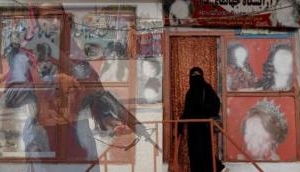
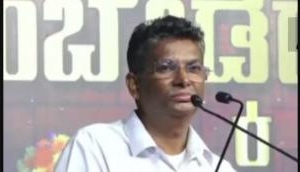

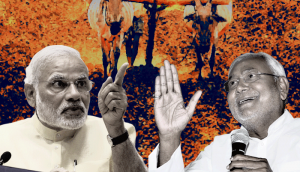
![BJP's Kapil Mishra recreates Shankar Mahadevan’s ‘Breathless’ song to highlight Delhi pollution [WATCH] BJP's Kapil Mishra recreates Shankar Mahadevan’s ‘Breathless’ song to highlight Delhi pollution [WATCH]](http://images.catchnews.com/upload/2022/11/03/kapil-mishra_240884_300x172.png)

![Anupam Kher shares pictures of his toned body on 67th birthday [MUST SEE] Anupam Kher shares pictures of his toned body on 67th birthday [MUST SEE]](http://images.catchnews.com/upload/2022/03/07/Anupam_kher_231145_300x172.jpg)




